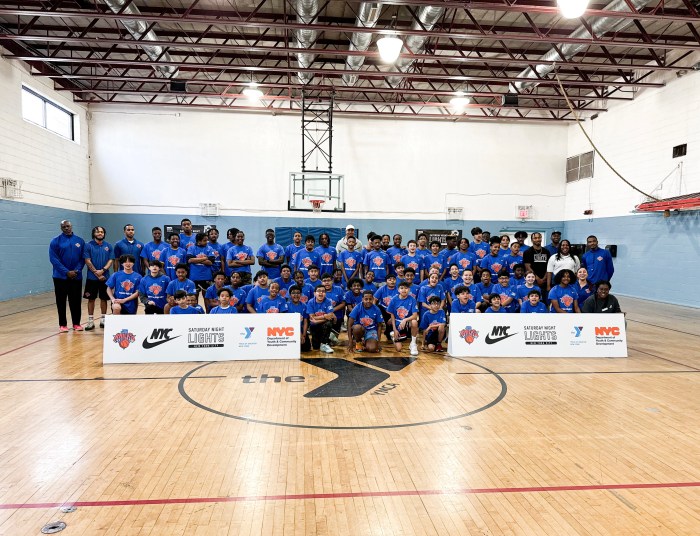(BPT) – Four million babies are born in the United States each year and that means more than 4 million new car seats are being installed. While great strides have been made to ensure that every infant rides in a car seat, unfortunately, parents are making five critical, but fixable, mistakes when using car seats, according to new data announced by Safe Kids Worldwide and the General Motors Foundation.
“Correctly used child safety seats can reduce the risk of death by as much as 71 percent,” said Kate Carr, president and CEO of Safe Kids Worldwide. “Engineers are working hard to ensure cars and car seats are designed to keep kids as safe as possible. But it’s up to every parent to take full advantage of these innovations by making sure car seats are used and installed correctly.”
Motor vehicle crashes are a leading cause of death to children ages 1 to 13. In a nationwide effort to educate parents about the importance of car seat safety, Safe Kids and the General Motors Foundation are asking every parent to take 15 minutes for an at-home car seat checkup using the Safe Kids downloadable checklist.
The checkup provides the following important tips that will help parents begin to ensure their car seat is used and installed properly:
* Right seat. Check the label on your car seat to make sure it’s appropriate for your child’s age, weight and height. Like milk, your car seat has an expiration date. Just double check the label on your car seat to make sure it is still safe.
* Right place. Kids are VIPs, just ask them. We know all VIPs ride in the back seat, so keep all children in the back seat until they are 13.
* Right direction. You want to keep your child in a rear-facing car seat for as long as possible, usually until around age 2. When he or she outgrows the seat, move your child to a forward-facing car seat. Make sure to attach the top tether after you tighten and lock the seat belt or lower anchors.
* Inch test. Once your car seat is installed, give it a good shake at the base. Can you move it more than an inch side to side or front to back? A properly installed seat will not move more than an inch.
* Pinch test. Make sure the harness is tightly buckled and coming from the correct slots (check car seat manual). Now, with the chest clip placed at armpit level, pinch the strap at your child’s shoulder. If you are unable to pinch any excess webbing, you’re good to go.
The at-home checklist is meant to be a first step. Parents are encouraged to read the vehicle and car seat instruction manuals to help with the checklist. Parents are also encouraged to bring their car, car seat and child to certified child passenger safety technicians, who are waiting to help. Safe Kids hosts car seat inspection events across the country throughout the year.
To download a Safe Kids Car Seat Checklist or to find a car seat checkup event in your area, visit www.safekids.org.

































